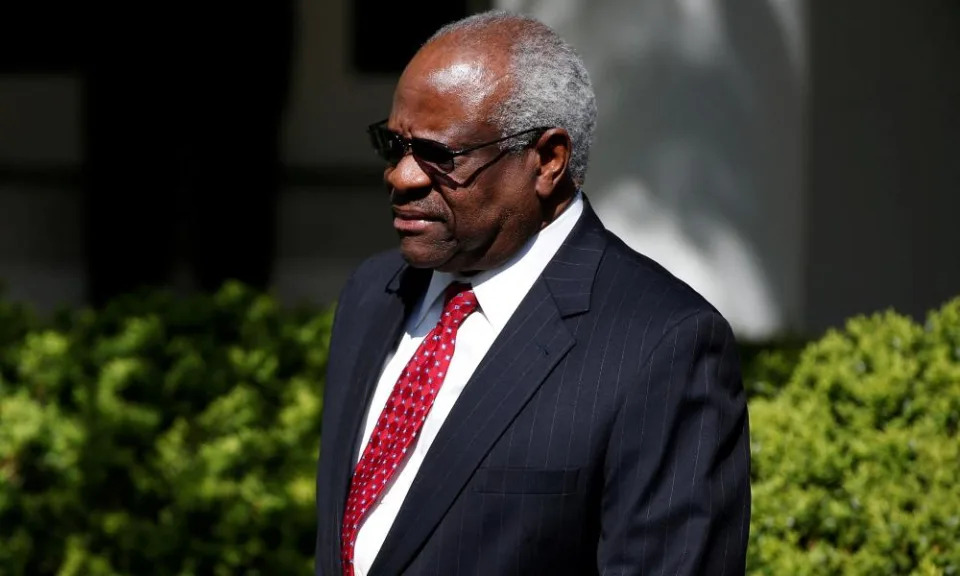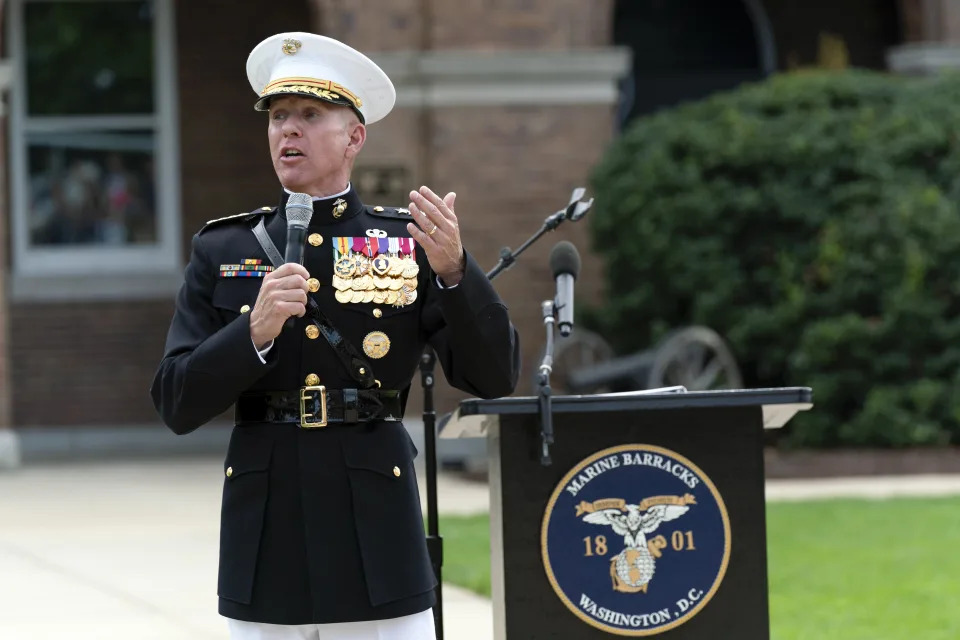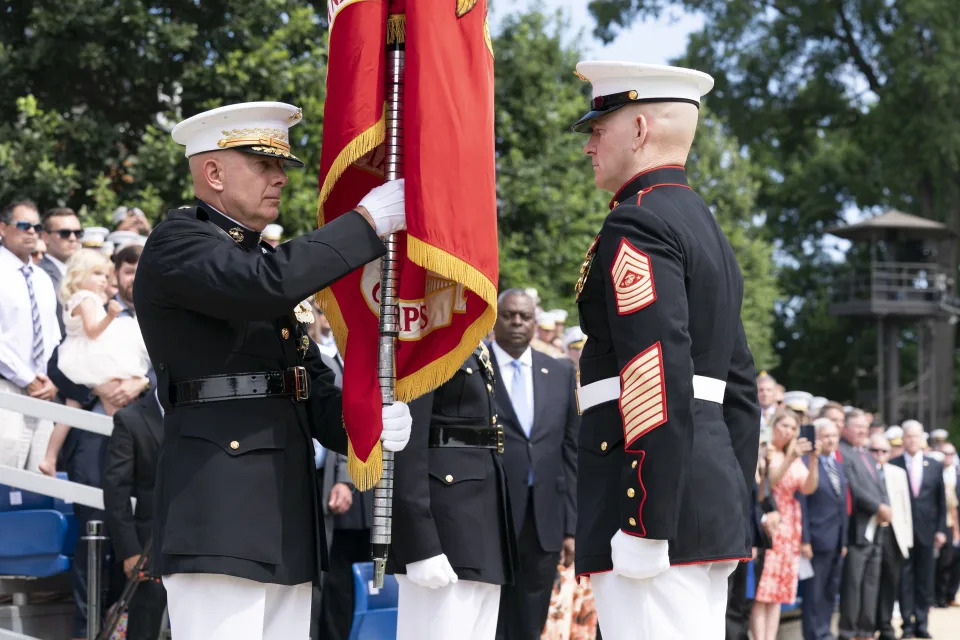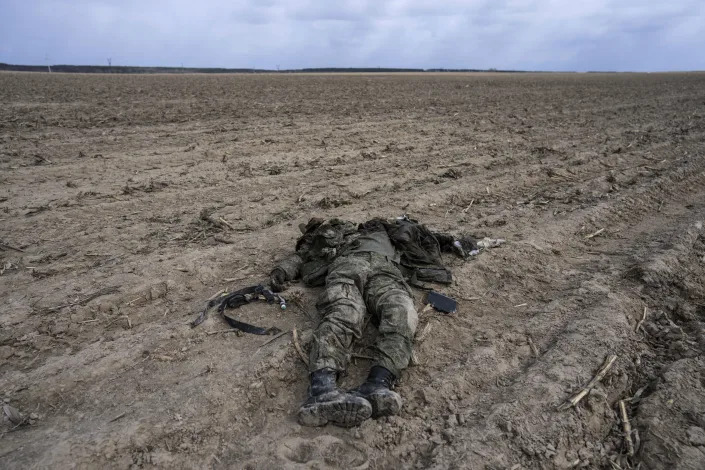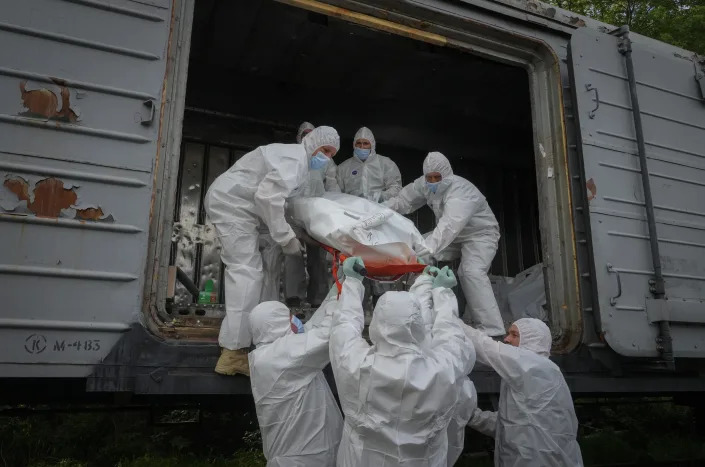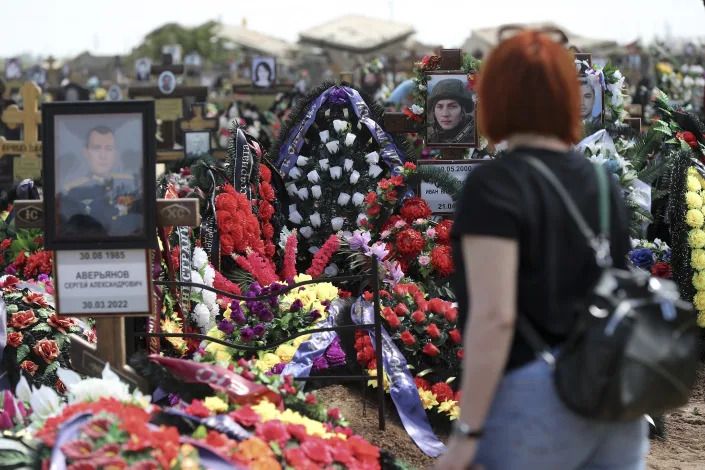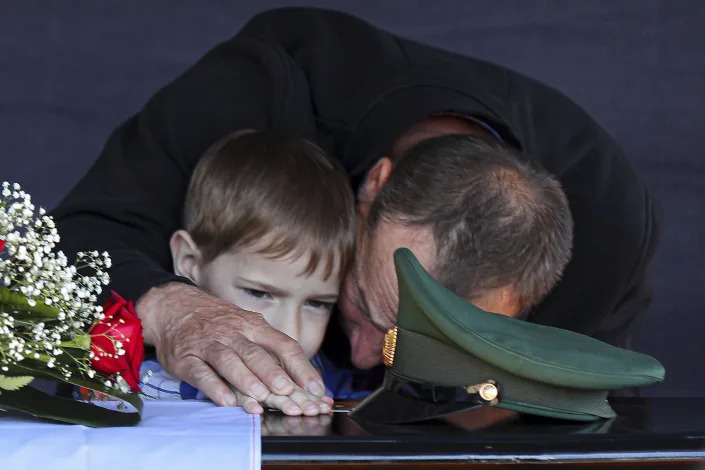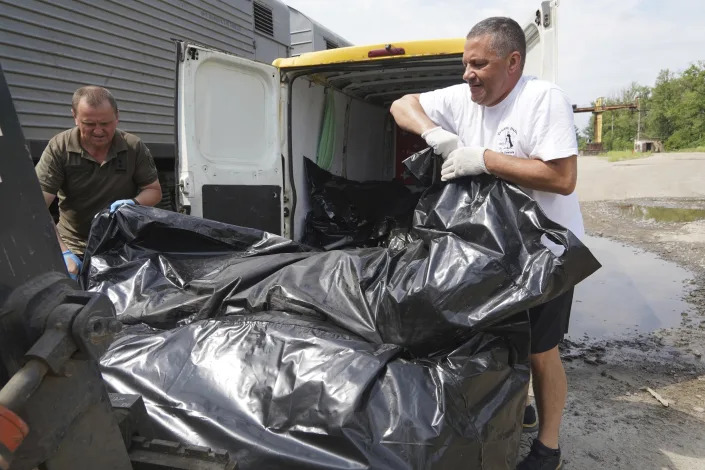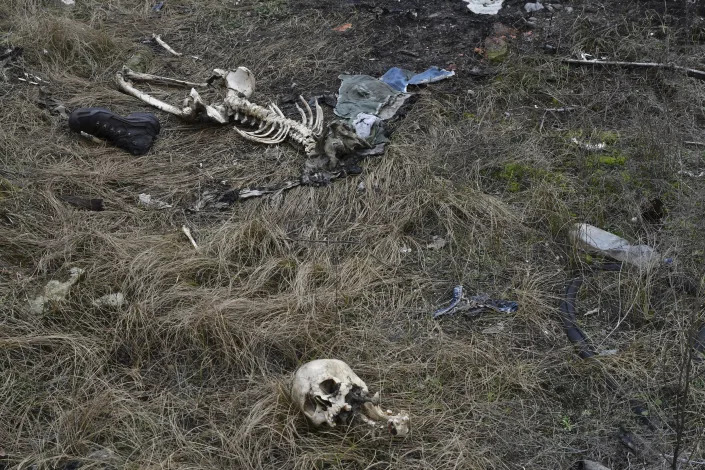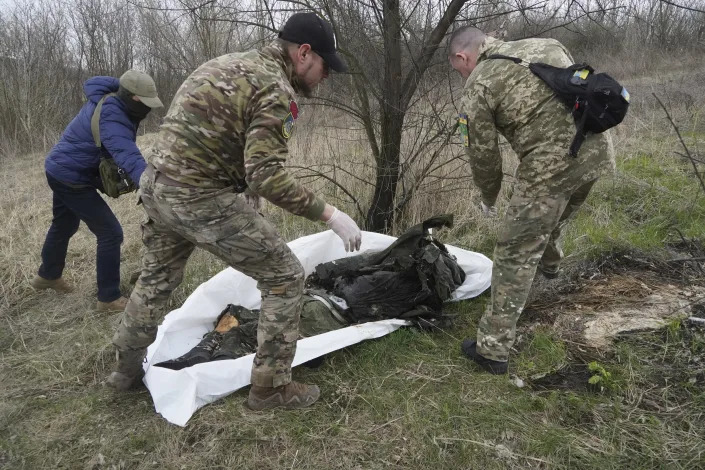Business Insider
5 stats show how Russia’s economy is withering
Phil Rosen – July 16, 2023
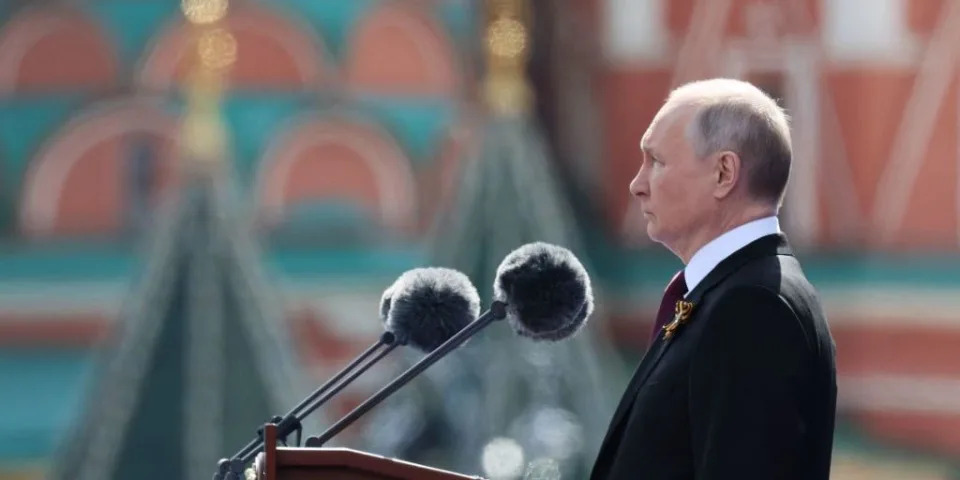
- Russia’s economy has deteriorated since Vladimir Putin ordered the invasion of Ukraine in February 2022.
- Its current-account balance has crashed, the ruble is weakening, and it’s status as an energy superpower has crumbled.
- At the same time, Russia’s domestic consumption and production are low.
Russia’s economy is a shadow of what it was 16 months ago.
Before Vladimir Putin ordered the invasion of Ukraine in February 2022 and prior to the onset of historic sanctions, Moscow commanded the world’s 11th largest economy and played a key role as a reliable, wide-reaching energy exporter.
Now however, from a weakening currency to tepid trade, all signs point to a sharp deterioration with no end in sight.
“Russia might collapse into multiple pieces, like the Soviet Union, and that might not be a bad thing for the world,” Volodymyr Lugovskyy, an economics professor at Indiana University, told Insider this week. “It’s resembling an empire right now, with a central power. Extreme events are highly possible.”
These five statistics illustrate how war has reshaped the Russian economy for the worse.
A weakening ruble
The ruble has been one of the worst-performing currencies this year, and geopolitical uncertainty in Russia has made it volatile.
During the failed mutiny in June by the Wagner Group, the currency tumbled to a 15-month low against the dollar as panicked citizens swapped for alternative currencies.
Over the last month, the ruble has weakened more than 6.8%, and it’s down more than 35% in the last year.
Current-account balance drops 93%
For the April to June quarter, the country posted a current-account surplus of $5.4 billion, marking a 93% plunge from a record $76.7 billion during the same stretch last year, according to the Russian central bank.
The fading current account surplus shows that Moscow has been unable to secure imports, and that its profits from energy exports are failing to prop up the economy like they did before.
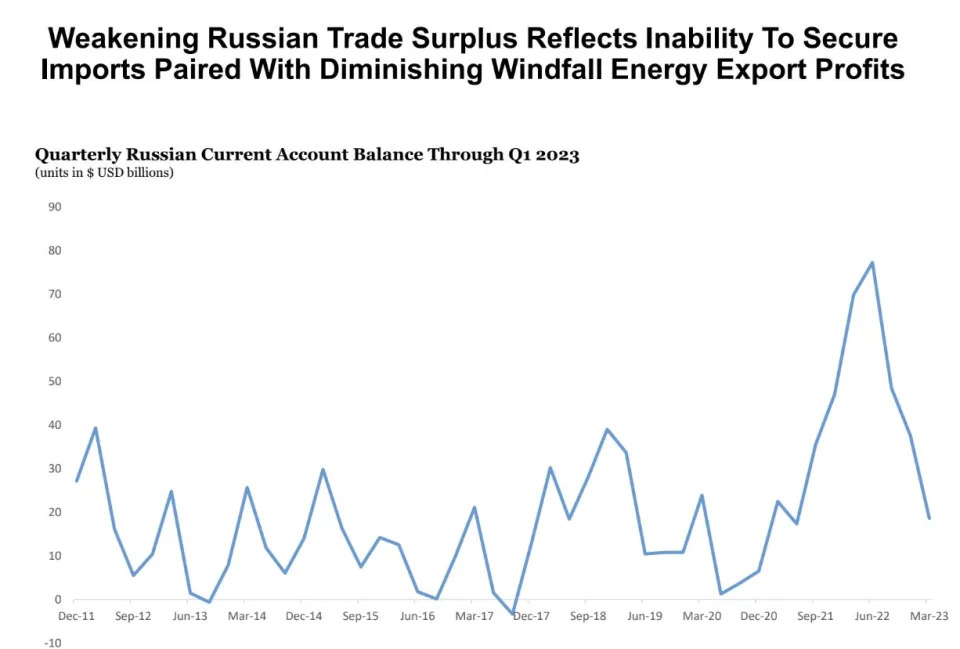
“The decline in the surplus of the balance of the external trade in goods in January – June 2023 compared to the comparable period of 2022 was caused by a decrease in both the physical volumes of export deliveries and the deterioration in the price situation for the basic Russian export commodities, energy commodities made the most significant contribution to the decline in the value of exports,” the Bank of Russia said in a statement.
Energy revenue crash
Russia’s Finance Ministry said in June that revenue from oil and gas taxes dropped 36% compared to a year ago, while profits from crude and petroleum products fell 31%.
Before the war, Russia was responsible for almost 40% of the European Union’s natural gas imports, and a quarter of the bloc’s crude oil.
Those numbers have gone to almost zero since then, and even though Putin has turned to China and India as alternative buyers, Moscow has had to sell energy at steep discounts.
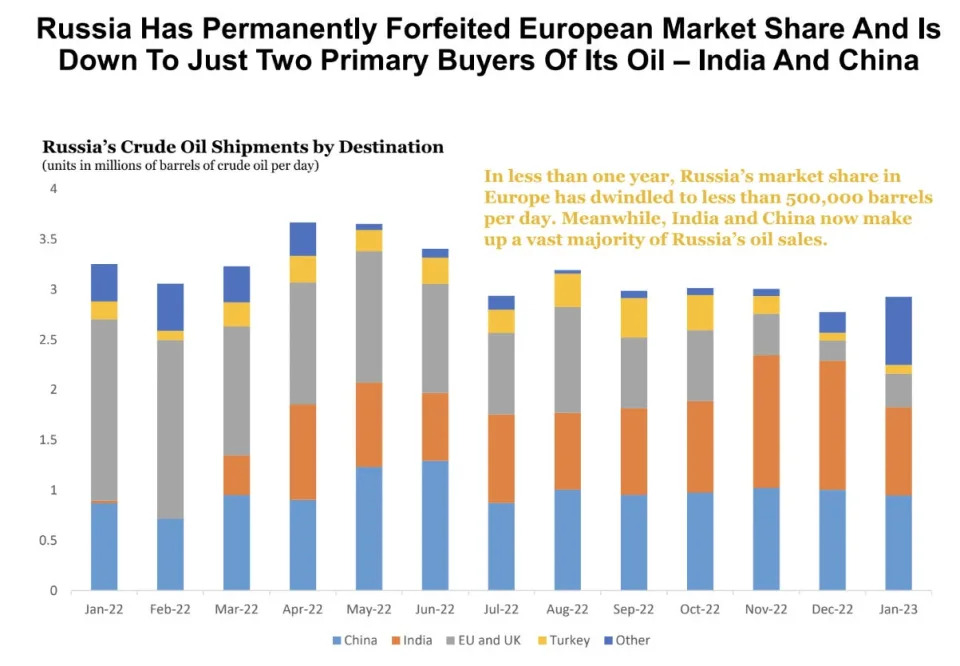
Russian car sales have tumbled
Before the invasion of Ukraine, roughly 100,000 vehicles were sold every single month across Russia, according to Yale research data shared with Insider.
Those sales have collapsed to about a quarter of that level, driven not only by soaring prices and sinking consumer sentiment, but also due to a lack of supply.
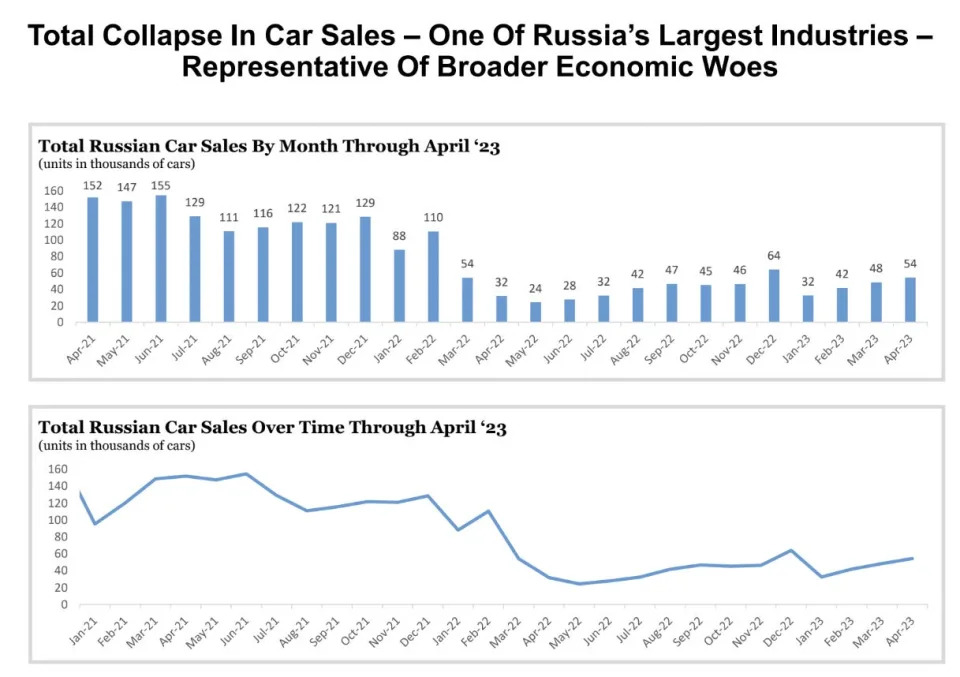
Brain drain and emigration
Millions of Russians have emigrated since the start of the war in Ukraine, according to Yale data, with Uzbekistan alone taking in more than 400,000 fleeing citizens.
The flight of capital and talent out of Russia is illustrated in the surge of money transfers to neighboring countries that aren’t normally seen as financial hubs, according to Yale, such as Armenia, Georgia, and Kyrgyzstan.
“While there is no concrete measure of how much capital flight has taken place, proxy measures, such as the explosion of non-resident deposits in UAE bank accounts, suggests that Russians of means are taking their productive capital out of Russia at a dramatic clip,” Yale researcher Jeffrey Sonnenfeld said.





